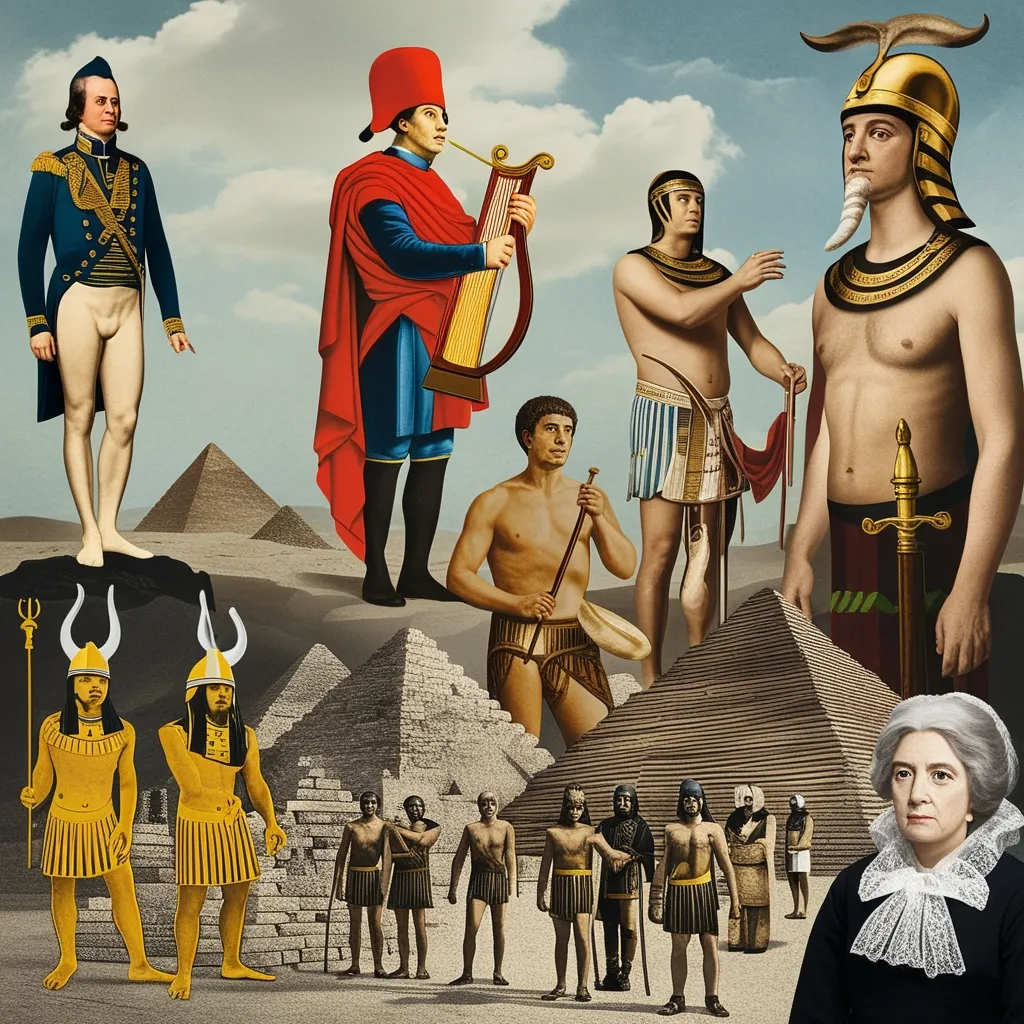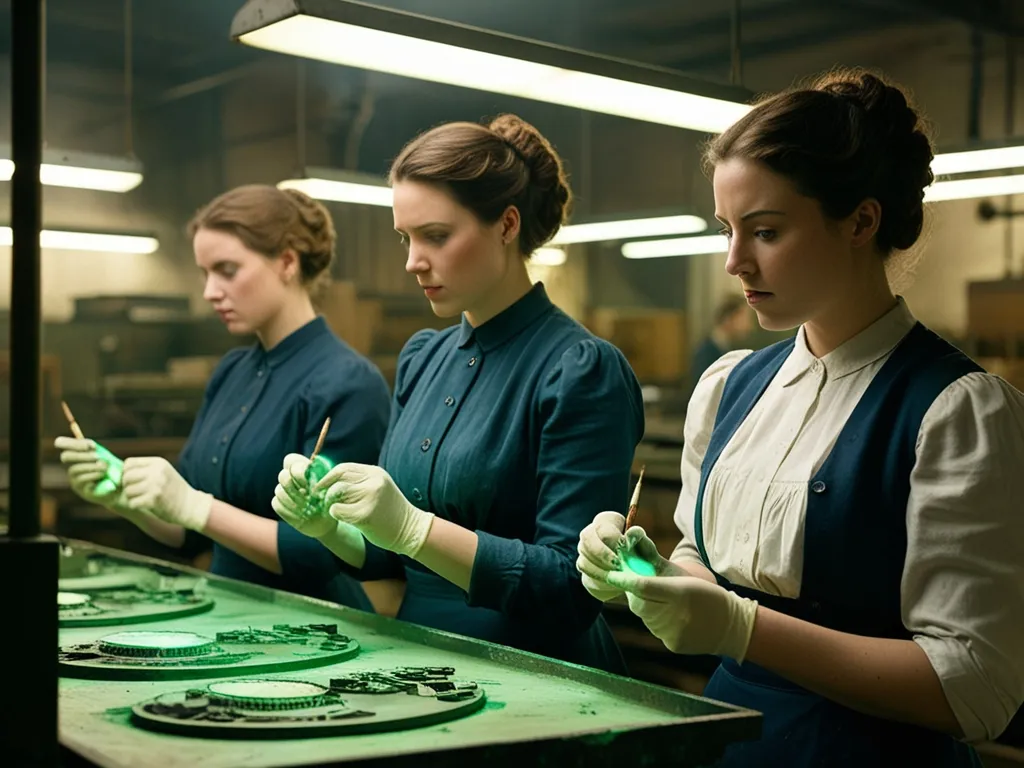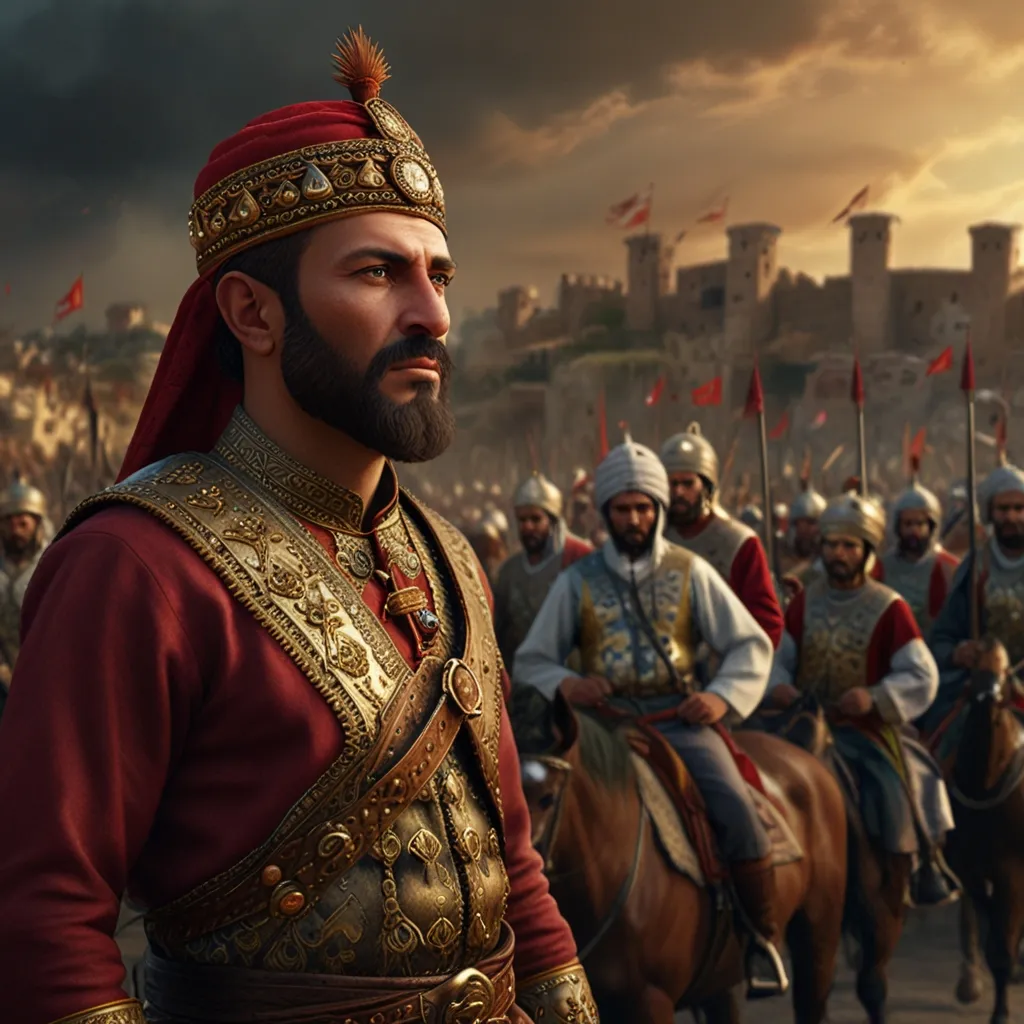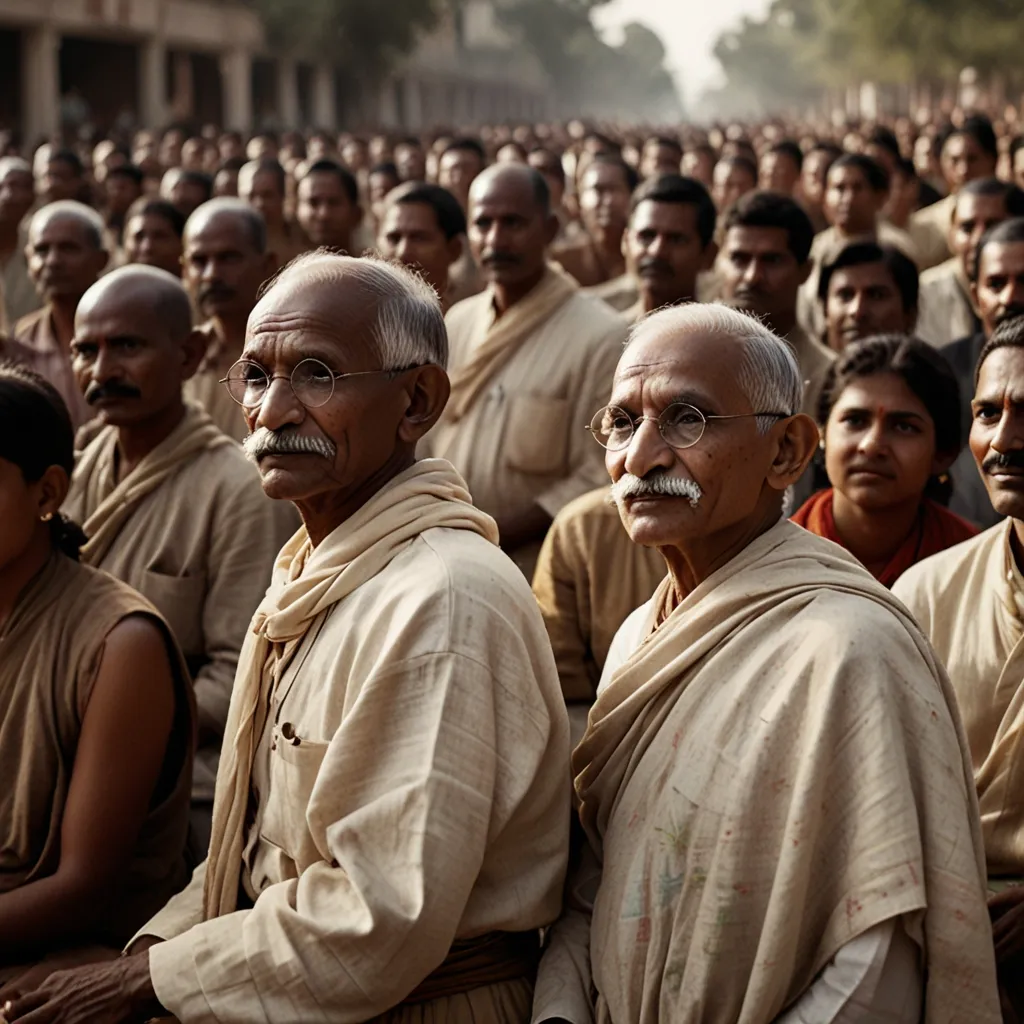History’s a wild ride, full of twists and turns that’ll make your head spin. But here’s the kicker - a lot of what we think we know is straight-up BS. Let’s dive into some seriously juicy historical myths that have been busted wide open.
First up, we’ve got Napoleon, the pint-sized emperor who wasn’t actually pint-sized at all. Crazy, right? This dude was actually average height for his time, standing at a respectable 5’6”. So why do we all think he was a shorty? Blame it on the Brits and their killer propaganda game. They wanted to make Napoleon look like a joke, so they painted him as this tiny, angry little man. And boom, the “Napoleon Complex” was born. Talk about a successful smear campaign!
Now, let’s chat about Nero, the Roman emperor who supposedly fiddled while Rome burned. Hate to break it to you, but that’s a load of crap. For starters, the fiddle didn’t even exist back then. Plus, Nero wasn’t even in Rome when the fire started. He was chilling in Antium, probably sipping on some ancient Roman cocktail. The whole “fiddling” thing? That’s just some spicy gossip cooked up by historians who had a bone to pick with Nero.
Here’s another mind-blower for you - the pyramids weren’t built by slaves. I know, I know, it’s like finding out Santa isn’t real all over again. But here’s the deal - those massive monuments were actually built by skilled Egyptian workers who got paid for their labor. They were farmers who worked on the pyramids during flood season when they couldn’t farm. Pretty smart, huh? The whole “slave” thing probably came from some ancient Greek dude named Herodotus who was known for getting his facts a bit… twisted.
And don’t even get me started on those Viking helmets. You know, the ones with the horns? Yeah, those never existed. Vikings were badass enough without looking like they had a pair of cow horns stuck to their heads. They either went bare-headed or wore leather caps. The horned helmet thing? That’s just some 19th-century artists getting a bit too creative with their Viking fantasies.
Last but not least, we’ve got Marie Antoinette and her infamous cake quote. You know the one - “Let them eat cake.” Except she never actually said that. The phrase was first mentioned in a story by Jean-Jacques Rousseau, way before Marie Antoinette’s time. It was later pinned on her to make her look like a total airhead who didn’t give a crap about the poor. Talk about fake news!
So why do we keep believing this stuff? Well, for one, myths are way more entertaining than boring old facts. I mean, come on, Vikings with horns are way cooler than Vikings with leather caps, right? Plus, these myths often serve a purpose. They simplify complex historical events and make them easier to digest. It’s like history’s version of a SparkNotes summary.
But here’s the thing - while myths can be fun, it’s crucial to separate fact from fiction. Understanding the truth behind these stories gives us a much richer, more nuanced view of history. It’s not just about knowing what really happened; it’s about understanding why certain stories have stuck around while others haven’t.
Take the pyramid myth, for example. Realizing that skilled workers, not slaves, built these incredible structures changes our whole perspective on ancient Egyptian society. It shows us how advanced and organized they were, capable of undertaking massive projects without relying on slave labor. That’s pretty mind-blowing when you think about it.
And the Marie Antoinette myth? Debunking that forces us to look beyond the caricature of a clueless, callous queen and consider the complex social and economic factors that led to the French Revolution. It’s not as simple as “rich people bad, poor people good.” History is messy, complicated, and full of shades of gray.
The Napoleon myth is another great example. Once you realize he wasn’t actually short, you start to question what other “facts” about him might be exaggerated or flat-out wrong. It opens up a whole new world of historical inquiry and makes you wonder what other historical figures we might have misunderstood.
And let’s not forget about Nero. The myth of him fiddling while Rome burned paints him as this cartoonishly evil villain. But the reality is much more complex. While Nero was no saint, he actually made efforts to help the city recover after the fire. By debunking this myth, we get a more balanced view of a controversial historical figure.
As for the Vikings, busting the horned helmet myth helps us see them as they really were - skilled sailors, traders, and explorers, not just the bloodthirsty warriors of popular imagination. It’s a reminder that historical reality is often far more interesting than the myths we create.
But here’s the real kicker - these myths don’t just affect how we view the past. They shape how we understand the present and future too. If we believe that great achievements like the pyramids could only have been built through slave labor, what does that say about our view of human potential? If we buy into the idea that leaders are either heroes or villains with no in-between, how does that impact our expectations of modern-day politicians?
That’s why it’s so important to keep questioning, keep digging, and keep uncovering the truth behind these historical myths. It’s not about being a buzzkill or ruining fun stories. It’s about developing a more nuanced, more accurate understanding of our past - and by extension, our present and future.
So next time you hear a wild historical “fact,” don’t just accept it at face value. Do some digging. Ask questions. Look for evidence. You might be surprised at what you find. And who knows? Maybe you’ll be the one to bust the next big historical myth wide open.
In the end, history isn’t just about memorizing dates and names. It’s about understanding the complex tapestry of human experience - the good, the bad, and the downright weird. It’s about learning from our past mistakes and celebrating our past triumphs. And most importantly, it’s about never stopping in our quest for the truth, no matter how uncomfortable or surprising it might be.
So go forth, my fellow history buffs, and question everything. Challenge those long-held beliefs. Dig deeper into the stories you think you know. Because the real history - the messy, complicated, absolutely fascinating truth - is out there waiting to be discovered. And trust me, it’s way more interesting than any myth could ever be.






